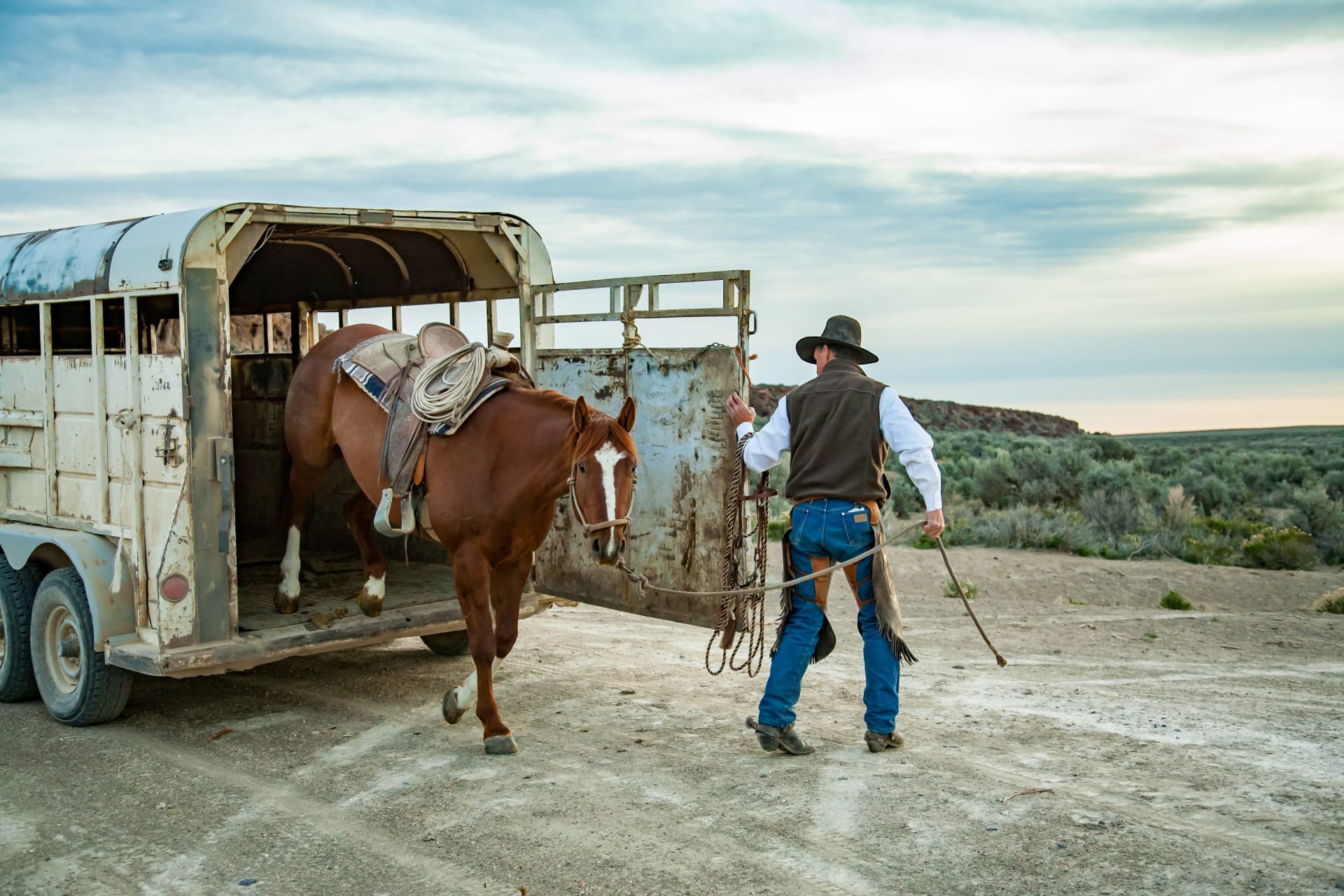Conservation Easements



Conservation easements are voluntary, individually tailored, and perpetual agreements that limit the amount and type of development on all or part of a property. They ensure that the land is maintained as agricultural land and open space for all future generations, regardless of ownership.
With a conservation easement, landowners continue to own the property and maintain all rights of property ownership. Easements are available through Land Trust entities (Wyoming Stock Growers Land Trust, Jackson Hole Land Trust).
Financial incentives, including cash and tax incentives, have been established to encourage landowners to conserve lands. The value of an easement is determined by an appraiser, and will vary greatly depending upon the terms of the agreement and local development climate. Conservation easement values for working ranches in the West often range from 30% to 60% of the fair market value of the property.
A conservation easement can be treated as a charitable gift, making the value of the easement tax deductible. The 2015 permanent conservation easement tax incentive allows for non-farmers and ranchers who donate an easement to receive a deduction on their income tax of up to 50%. The same rule allows qualified farmers and ranchers to reduce their income taxes by up to 100%. These tax benefits can be carried over for up to 15 years. Go here for more information.
By prohibiting development rights, the value of the land is decreased. This lowers the value of the land from a capital gains perspective and for estate planning purposes, and can provide a significant reduction in the estate tax burden on family members.
Depending on the intent of the property, placing an easement can be a boon or an encumbrance on the land. If the land is intended to be held for a long period of time, or handed down generation-to generation a conservation easement can achieve a multitude of goals including: perpetuating the vision for the land, protecting the natural habitat and beauty for generations, decreasing land value for estate planning purposes etc.
Should the land be sold, every potential Buyer has different priorities and occasionally a conservation easement is viewed as a burden which limits the Buyer’s uses of the property. Land that is unencumbered with the opportunity for full use of the land, or the chance to place an easement and realize the tax benefits is the most attractive.
No. Each easement is individually tailored to the property and landowner. There is a process by which the land trust association and landowner come to an agreement on terms regarding: uses allowed, location and size of building envelopes, and size of any future improvements allowed. Each association is different and I highly recommend speaking with a few to understand their specific mission and priorities for the land before committing.
You can place an easement on a portion of your land if you’d like. There is no obligation to conserve your entire parcel.
" Deirdre is hands down one of the best real estate professionals we have ever worked with. At all stages of the journey. “ - Buyer, November 2021